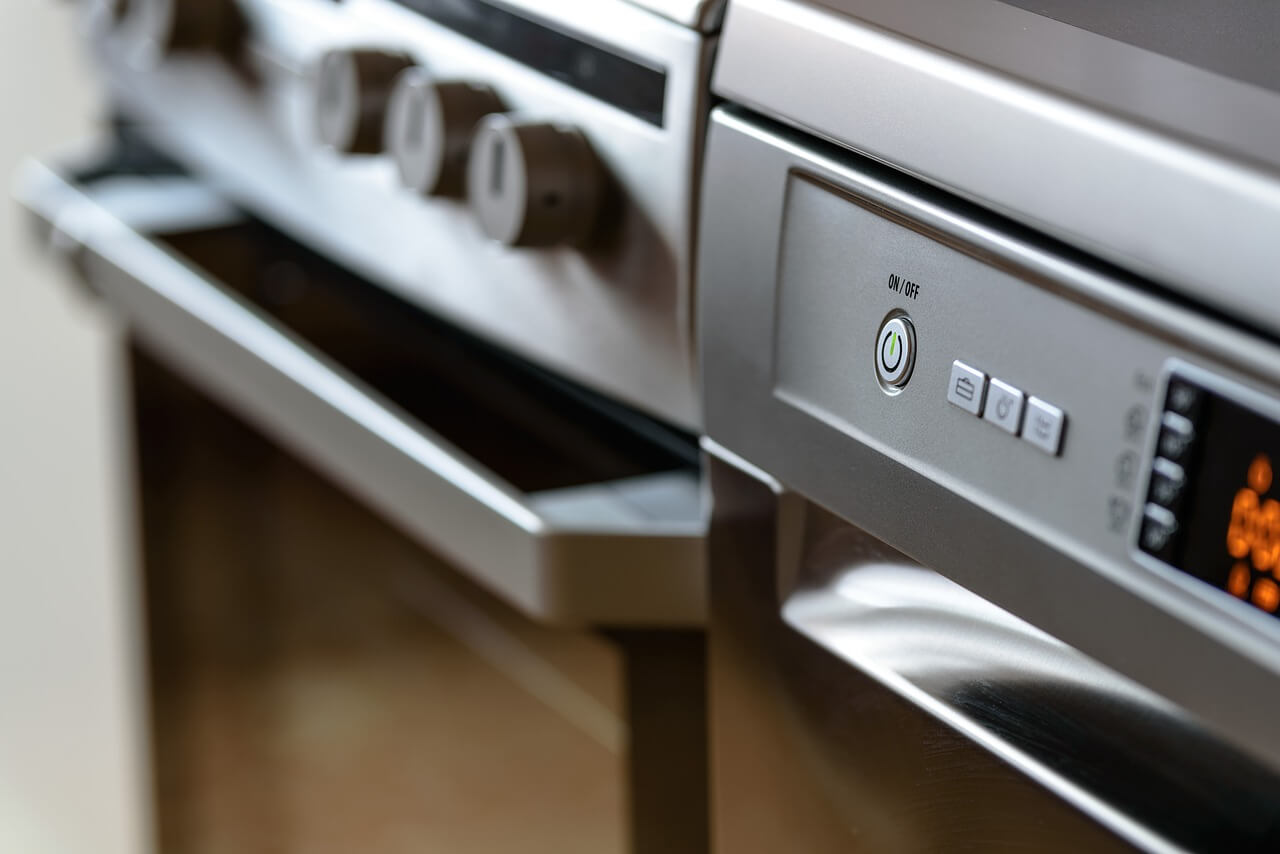
9 key points for energy savings
In the winter months, with the considerable drop in temperature, household energy consumption escalates. This has several negative consequences, since pollution increases and, in particular, it involves a problem for private householders who notice how their electricity bill goes up considerably.
To avoid a fright at the end of the month, there are a set of simple measures that can be taken which will enable you to save quite a lot. Below we outline 9 key points for energy saving:
- Insulate your home properly: Having a good insulation system in your home will mean that you save hundreds of euros in electricity consumption, since you won’t need to use your heating so often. Thermal insulation systems are those which eliminate heat loss points in a building, thus keeping the inside temperature steady. The SATE system is one of the main methods of thermal insulation and comprises applying an insulating material on the outside of the building which envelops it and protects it from inclement weather. At Blatem we have the SATE Sateffic system which provides excellent results. You can obtain further information about the insulation systems by downloading the SATE guide from Blatem.

- Unplug electrical appliances: Although it may seem that they are switched off, electrical appliances continue to use up energy when they are in standby mode. For this reason, it is important to unplug them when they are not going to be used for a long period of time. A simple measure like this will enable you to save quite a lot of money at the end of the month. Another option is to activate the sleep mode on computers and other devices so that when they are not in use, they switch themselves off.
- Use LED or energy efficient bulbs: A priori the price of these products is a little more expensive than conventional bulbs, but the fact is that in the long term the saving is quite considerable. Both LED and energy efficient bulbs last longer than conventional ones. Furthermore, as their name indicates, the amount of energy they need for illumination is lower and, therefore, they contribute to saving energy. It is important to remember that around 20% of the electricity consumed in a home comes from lighting.
- Control the water heater: By default, most water heaters regulate the water temperature to 60ºC. These are very high levels which require high energy consumption when really we don’t need the water to be so hot. For this reason, it is advisable to lower the water heater temperature to around 40ºC, in this way the water will still be warm and at the end of the year it will make a difference to your expenditure.
- Use class A or higher electrical appliances: Electrical appliances are those which generate the highest electricity consumption in a home and, although the majority are essential, you can take certain steps so that consumption is lower. One of them is to buy class A or higher electrical appliances. Despite the purchase cost being higher, you will save considerably on your electricity bills with these. To give you an example, a class A+++ fridge is calculated to consume around 70% less that an average class fridge.

- Consider taking out a night tariff: If you are out most of the day, it may be worth considering taking out night tariff electricity which runs from 10 p.m. to 12 a.m. the following day approximately, as energy consumption is cheaper. Consequently, you can take advantage of the night time and early morning to do household chores which require more electricity (putting the washing machine on, using the dishwasher, having a shower, etc).
- Wash clothes with cold water: There is a belief that washing clothes in hot water is more effective, since it removes dirt better. However, this is not entirely true. Nowadays most detergents are formulated to remove dirt with both hot and cold water. What’s more, cold water has many benefits for clothes, because it keeps garments in better condition, colours don’t fade so quickly and washing machine energy consumption is lower.
- Switch the heating off when you are out: It may seem obvious but many people tend to leave the heating on when they are out so that when they return the house is warm. This means having a constant energy expenditure which is reflected in the bill at the end of the month. To warm up the property when returning home, experts assure us that it is enough to programme the heating for 15 or 20 minutes beforehand. In this way you can acclimatize your home and the electricity cost will be reduced.

- Reinforce windows, floors and ceilings: These three areas are the main heat loss points in a home. For this reason, it is important to review their state every so often and, if necessary, to make improvements to reinforce their insulation. In the case of windows, you should seal the joints properly and hang curtains which prevent cold air from coming in. To protect floors, there is nothing better than carpets which hold back low temperatures; whilst for ceilings the best solution is to have a roof waterproofing system to avoid leaks and better insulate the building. At Blatem we have several solutions for this, such as the Blatem Elastem system, waterproof paint and a polyurethane liquid membrane.



















